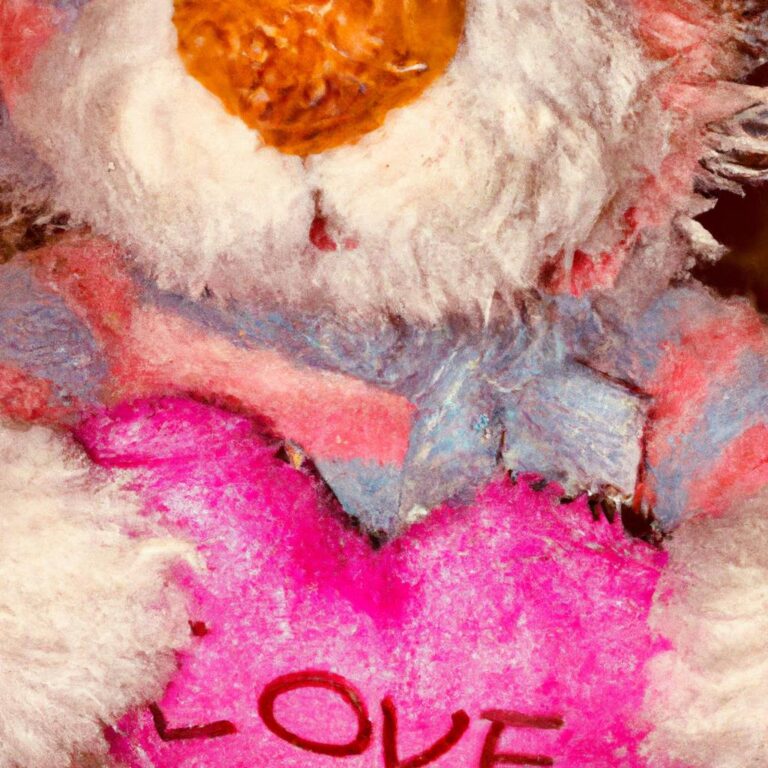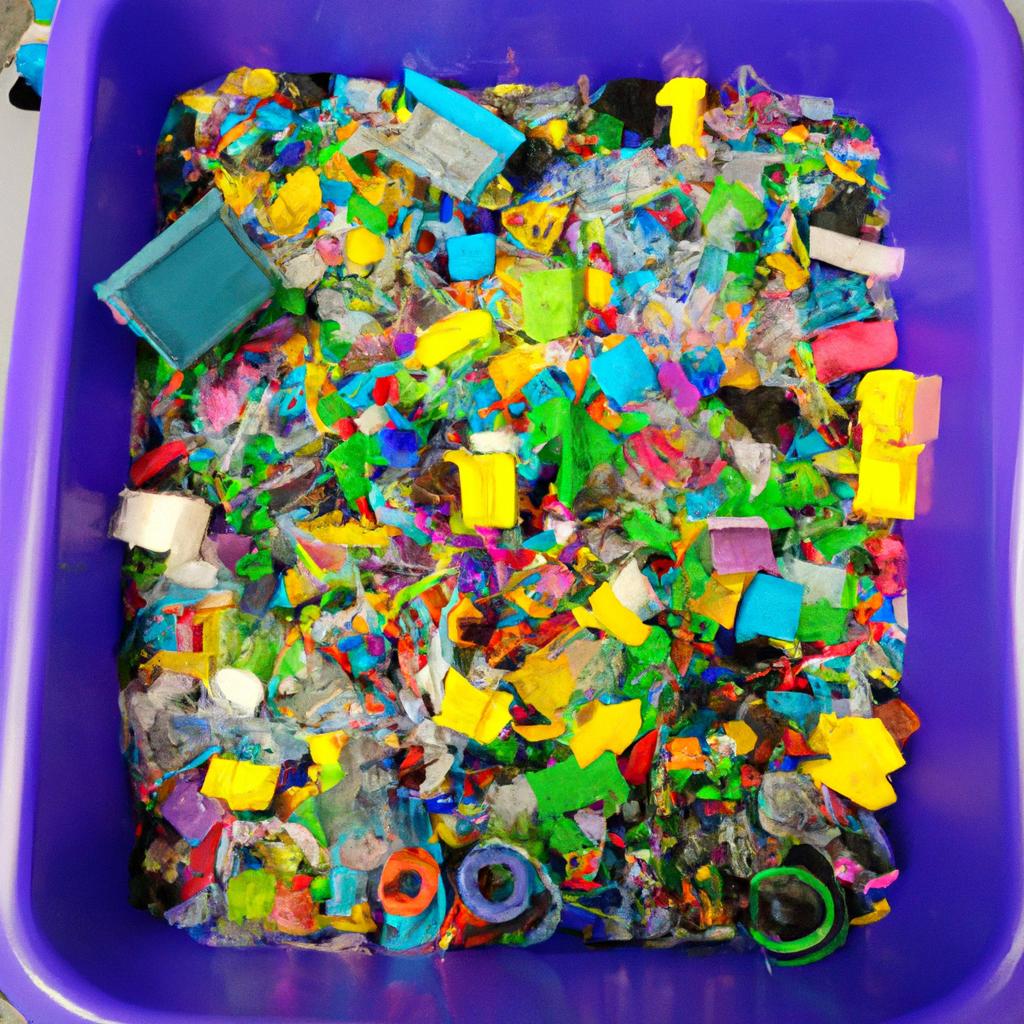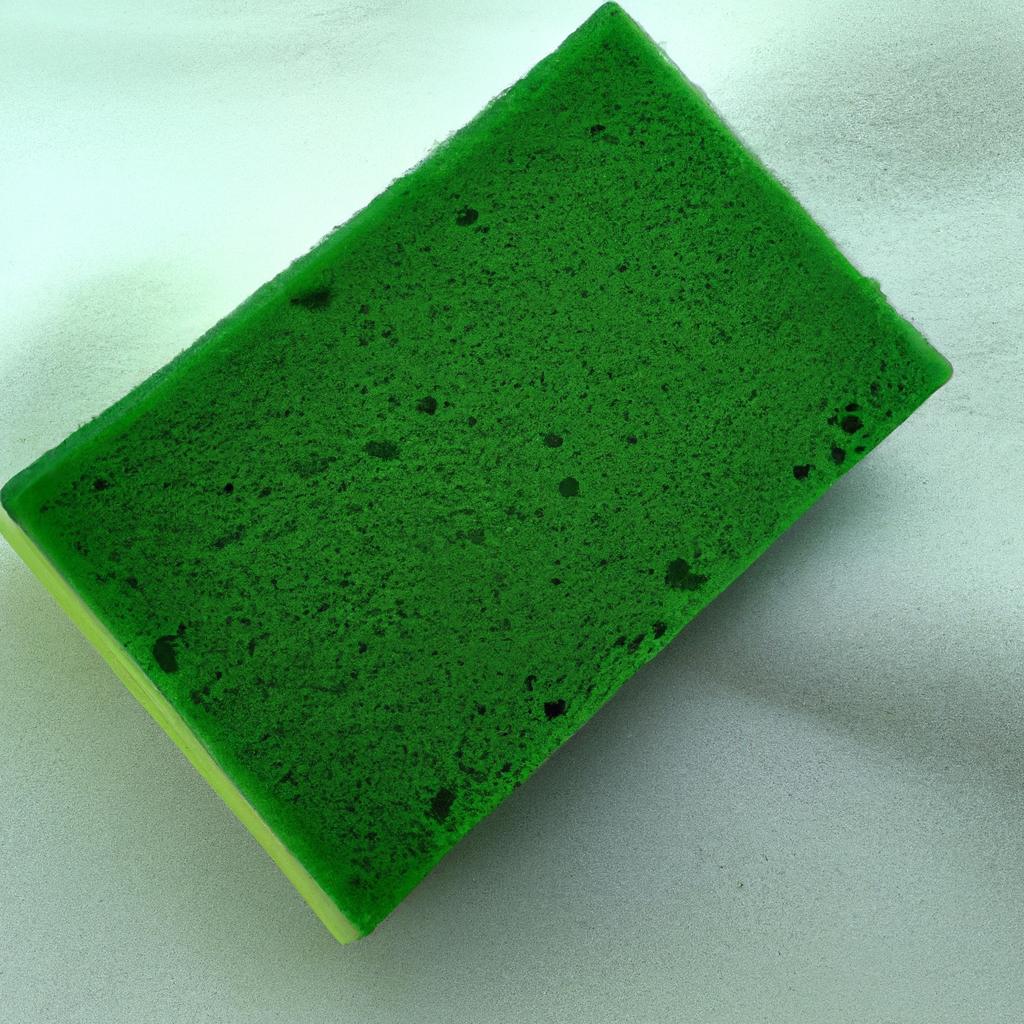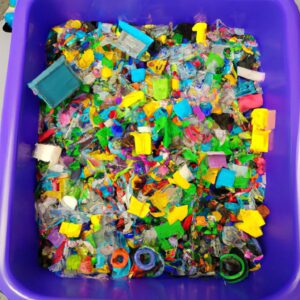Introduction to Maintaining Plush Toys
Plush toys can bring us lasting memories, comfort, and the joy of having a soft companion. It’s important to learn the basics of maintaining plush toys so that they can last throughout the years. The following guide will cover how to clean them, dry and condition them, store them, treat common stains, preserve their look and feel, and repair damages.
Identify Essential Items for Washing Plush Toys
When it comes to maintaining and caring for your plush toys, preparation is key! Gathering all the essential items for cleaning is the first step before taking on this task. Here is a list of what you will need for washing a plush toy:
- Detergent – Use a mild liquid laundry detergent with no bleach or fabric softeners added.
- Container or Plastic Bag – A sink, laundry tub, or bathtub filled with lukewarm water, or a large plastic bag can be used for submerging the toy.
- Washcloth/Sponge – Use a soft, white, non-abrasive cloth or sponge.
- Water Temperature – Lukewarm water should be used to hand wash the toy. Hot water can cause shrinkage and damage to the material.
Having all these items on hand before starting the washing process will ensure that the cleaning process goes as smoothly as possible.
Types of Cleaning Materials for Plush Toys
When it comes to cleaning plush toys, it’s important to use the right materials. Instead of turning to harsh or abrasive chemicals, there are safer solutions that can help keep your furry friends looking their best.
Mild liquid laundry detergents are a great option for washing stuffed animals. These detergents help to lift dirt and oils while being gentle on the fabric. Vinegar and light dishwashing solutions are also suitable for use on plush toys, due to their non-toxic nature.
When using these materials, be sure to check the labels carefully and follow all safety instructions. This will ensure you use the correct dilution of the cleaning solution and avoid damaging the fabric of your plush toy.
Preparing and Washing Plush Toys
Taking the proper steps to prepare and wash plush toys is important for maintaining their quality and comfort. Before washing, it is essential to check the care tag located on the toy and follow the indicated instructions. Most plush toys can be washed in a washing machine, while some may require spot cleaning. In the case of hand-washing, gentle motion used in the bathtub or sink should be employed.
If the toy is machine washable, it is important to use the gentle cycle and a colder water setting. It might be helpful to place the toy in a mesh laundry bag before putting it in the washing machine, as this will help protect the fabric from shredding. It is advisable to refrain from using fabric softeners as they could leave a residue and cause discoloration.
In the case that the toy needs spot cleaning, it is important to identify the type of material to choose an appropriate cleaning solution. Cotton and linen can be cleaned with light detergents, while fleecy fabrics or pure wool should only be cleaned with wool wash detergent and lukewarm water. For cleaning delicate fabrics, vinegar and light dishwashing solutions may be used.
Drying and Conditioning Plush Toys
When cleaning a plush toy, proper drying and conditioning is essential to making sure it keeps its softness and shape. To reduce the risk of shrinkage or other damage, use a gentle setting on a clothesline or drying rack. Try to spread out the toy and ensure that it has plenty of air circulation. Additionally, avoid direct or indirect sunlight as this can also damage the fabric.
If you need to machine dry the toy, the toy should be placed in a mesh laundry bag and set on the lowest heat setting. Never use a high heat setting as this could damage the material. For best results, it is best to remove the toy from the machine as soon as it is finished.
To condition the toy, it is recommended to use a fabric conditioner. This should be sprayed on the toy before drying or after drying and combed through with a wide-tooth comb to distribute the conditioner evenly. This will help keep the plush toy soft and cuddly for longer.
Storing Plush Toys
To ensure your plush toy lasts long and stays snugly, it needs to be stored in a safe place free of dirt, dust, and moisture.
The best environment for storing your soft companion is somewhere cool and dark, like a closet or drawer. Avoid exposing it to direct sunlight or hot temperatures which can cause colors to fade and the toy to warp over time.
Additionally, make sure your plush toy’s home is free from pests such as moths, fleas, or other critters that may chew on its fur or fabric.
You should also check on your plush toy regularly to make sure it is not gathering any dust or attracting any bugs. Keeping it in a plastic container or zippered bag can help protect it from dirt and any potential pests.
Treating Stains on Plush Toys
Stains can be a common issue when it comes to plush toys. Not to worry, though – there are many ways to treat and remove any pesky spots! Here are some methods for treating popular stains found on soft companions.
- Ink: Soak the toy in a mixture of equal parts white vinegar and cold water for one hour. The vinegar will help dissolve the ink. Once the hour is up, rinse the toy with cold water and let it air dry.
- Mud: First, scrape off as much mud as possible using a soft cloth. Then, create a soapy solution out of mild liquid detergent and warm water. Gently rub the solution into the affected area with a washcloth or sponge, then rinse it off with warm water. Let the plush toy air dry.
- Food: Place a damp cloth over the stained area and let it sit. The dampness will help loosen the stain. Use a mild liquid detergent or a special stain remover to rub into the fabric and then rinse with cold water. Allow the toy to air dry.
These methods should help remove any annoying stains from your beloved plush toy. If you’re ever concerned about the results, don’t hesitate to take your plush toy to a professional cleaner.
Preserving Plush Toys
Preserving plush toys is an essential part of taking care of your soft companions. With proper storage, controlled cleaning, and the use of gentle cleaners, your special plush toy can last for many years.
First and foremost, proper storage is essential to maintain the quality of a plush toy. This means finding a cool, dark place free of dirt, dust, and moisture. Sunlight can fade colors, so it is best to keep them out of direct sunlight. Additionally, avoid homes with pets as their fur, as well as claws or teeth, can damage plush toys over time.
It also important to keep the cleaning process under control. Do not over clean. Too much water, soap, or friction can start to break down the fabric of the toy. Gentle cleaners are key here. Mild liquid laundry detergents, vinegar, and light dishwashing solutions can help keep the toy looking and feeling its best.
When it comes time to dry the plush toy, be sure to avoid using direct heat, like that from a stove or fire. Instead, use air circulation such as a fan or air conditioner to help the plush toy dry. If possible, fluff the toy while it is drying to help keep its shape.
Finally, using detergents and treatments that are created specifically for plush toys can help protect them and add to their life expectancy. Check labels and ingredients before treating your plush toy to ensure that they are safe for both the toy and environment.
Repairing Plush Toys
Caring for plush toys isn’t just about washing and conditioning them. Every now and then, a beloved soft companion may need to be repaired. Luckily, there are a variety of methods available to tackle common repairs.
Stuffing replacements are often used to restore a soft toy’s shape or fluffiness. If necessary, some stuffing can be removed to either fix lumps or make them smaller overall. New stuffing can be purchased from craft stores and filling companies and is often made from synthetic materials such as polyester or recycled plastics.
The second option for repairing plush toys is stitching repairs. It’s important to use the same material and color thread as the original stitching, but if that’s not possible, use something similar. Carefully sew each stitch taking extra care when working with delicate fabrics. For larger repairs on fur, use a needle felting process to patch the tear.
Whatever method you choose, remember to always be gentle and patient when repairing and caring for your plush toys. With the correct TLC, they can last for years of cuddle time.
Basic Tips for Maintaining Plush Toys
Caring for a plush toy is an important responsibility. As they are soft and delicate, certain steps need to be taken in order to ensure their longevity. Here are some basic tips that can help you protect and maintain your soft companion for years to come!
- Brushing fur: Regularly brush the fabric of your plush toy to help keep it looking neat and fluffy.
- Keeping away from heat: Keep your plush toy away from radiators, open windows and direct sunlight as these may cause the fabric to fade or dry out.
- Avoid homes with pets: As much as possible, try to keep your plush toy away from homes with pets or small children. This will help to prevent any damage or wear and tear.
- Storing safely: When not in use, store your plush toy in a cool, dark area, free from dirt, dust and moisture. This will help to keep the fabric looking fresh and the colours vibrant.
These simple steps can help your plush toy stay in good condition for many years to come. Remember that plush toys should be treated with care as they can be easily damaged if mishandled. With the right amount of love and attention, you can keep your soft companion looking and feeling like new!
Maintaining plush toys is essential for ensuring the longevity of these beloved soft companions. Just like other items, plush toys need to be cleaned and conditioned on a regular basis to preserve their appearance and ensure that they remain in good condition. With proper care and maintenance, your plush toy can last for years, bringing joy and comfort with each hug.
In this guide, we will cover the essential items and materials you need for washing plush toys, the best ways to dry and condition them, common tips for preserving and storing them, and how to repair any damage they may incur over time. So let’s get started!
When putting together a guide on maintaining plush toys, it is important to include external sources to ensure reliable and up-to-date information. Sources should be carefully evaluated for accuracy and relevancy before being used in the guide. The following are a few sources that may be useful when researching and writing about washing and caring for soft companions:
– The International Plush Toy Association website offers detailed information on cleaning and caring for plush toys.
– Consumer Reports provides reviews of specific brands of plush toy washers and detergents.
– The American Council of Textile and Apparel Retailers offers tips on preserving plush toys and avoiding damage from wear and tear.
– The National Institute of Health offers advice on preventative care to help maintain the condition of plush toys over time.
– The Centers for Disease Control and Prevention provides information on proper cleaning methods to reduce the risk of germs and bacteria accumulating in plush toys.
– The American Academy of Pediatrics provides guidance on choosing age-appropriate plush toys and preventing choking hazards.
These sources provide valuable information on caring for plush toys and should be consulted when researching and writing about the topic. By incorporating external sources into the guide, readers can gain reliable and up-to-date information on maintaining plush toys.
comments: 0





